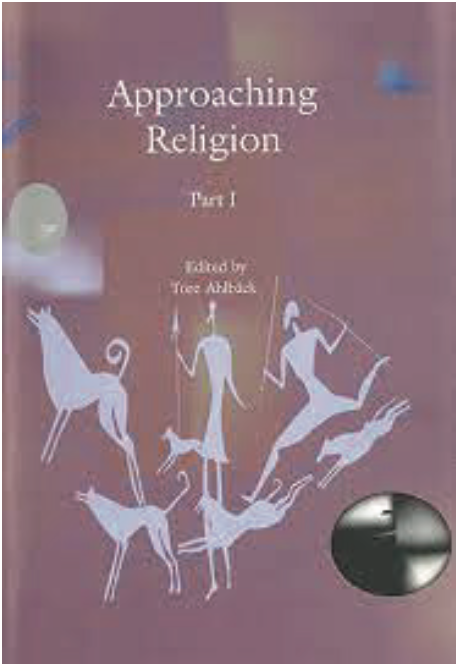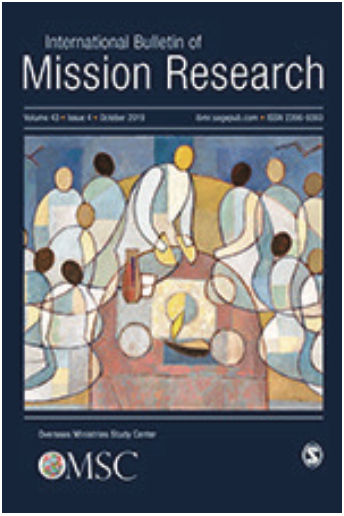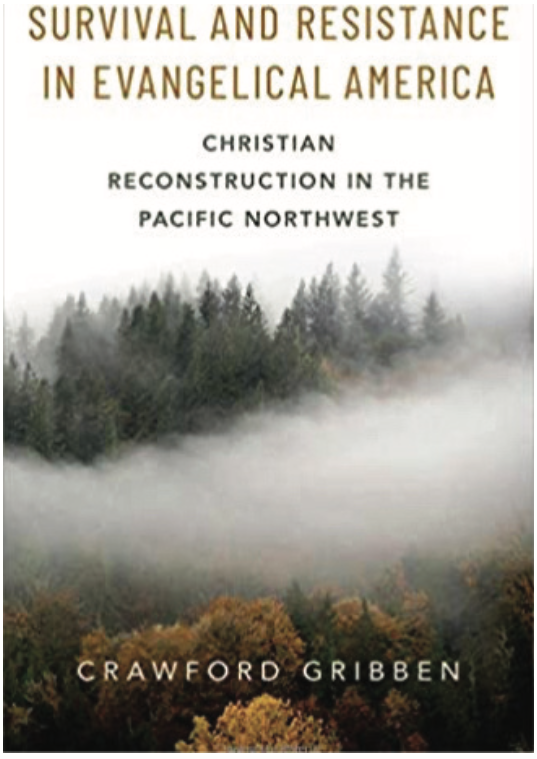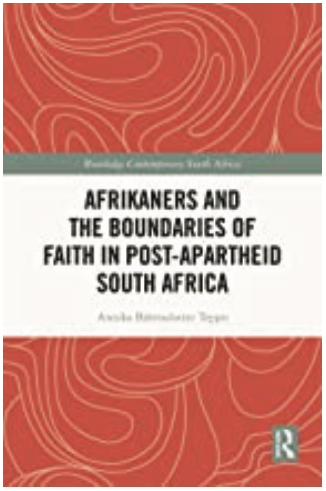




Other Western currents are finding their way to South Africa, with the rise in the rate of religious disaffiliation, although only a small number of South Africans say they are atheist (4 percent, according to one survey). With a strong orientation toward post-colonial and “white studies” theories and jargon, the book focuses on how Afrikaners’ moral boundaries from others and their idea of “ordentlikheid” (or white middle-class respectability) have persisted aeer the apartheid era and its official racial hierarchy, although they have been mediated and sometimes challenged by a new religious and cultural pluralism. Teppo lived with an Afrikaner family during her research and provides a finely gained look at how Afrikaners, especially poorer classes, have maintained syncretized folk traditions and spiritual practices (called the “ligle tradition”) alongside conventional Christianity, even if they were “whitewashed” and suppressed during apartheid.But it is mainly in the growing multiracial charismatic churches that Teppo finds the old racial boundaries loosening, churches that have found greater social acceptance by Afrikaners, who first viewed them as a threat. “While in 2005,” she writes, “people were upset and horrified when they talked of these new churches, by 2012 they had been grudgingly accepted, and by 2019, they had become the new normal.” Teppo then turns her attention to New Age and Neopagan groups and practices, especially prevalent in Cape Town, finding that they distance themselves from both African and Afrikaner traditions (with some fear toward the former). Wiccans especially face attacks from both the strong white evangelical community and black Christians in South Africa because of the stigmatized associations with witchcraft there. In recent years, a more racialist form of Neopaganism also arrived in South Africa. Teppo finds that driving much of the alternative religious scene and charismatic Christianity is a concern for prosperity and a fear of poverty and crime, as whites find that security is no longer assured by the state in post- apartheid South Africa—as well as an interest in maintaining a form of ordentlikheid. She seems to hold out the most hope for South African religion in newly created rituals that invert old social hierarchies, involve bodily movement, and bring together Afrikaner and Neopagan traditions.